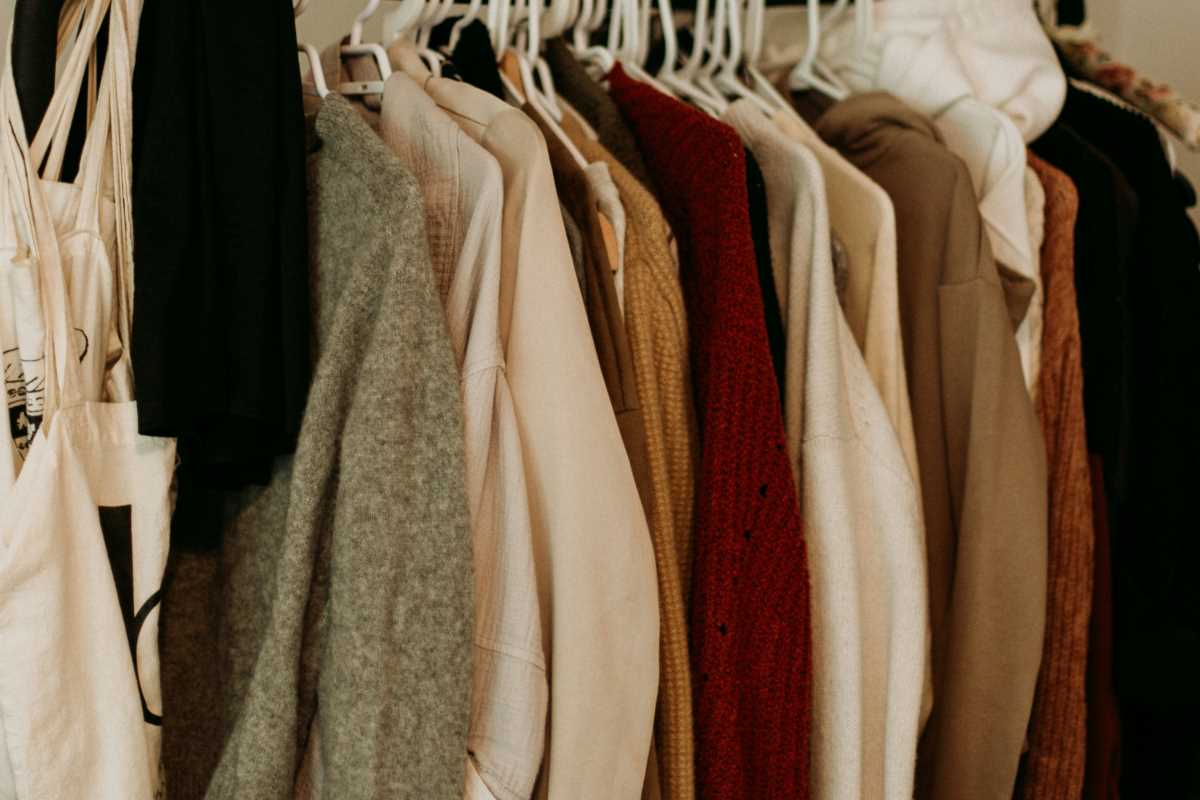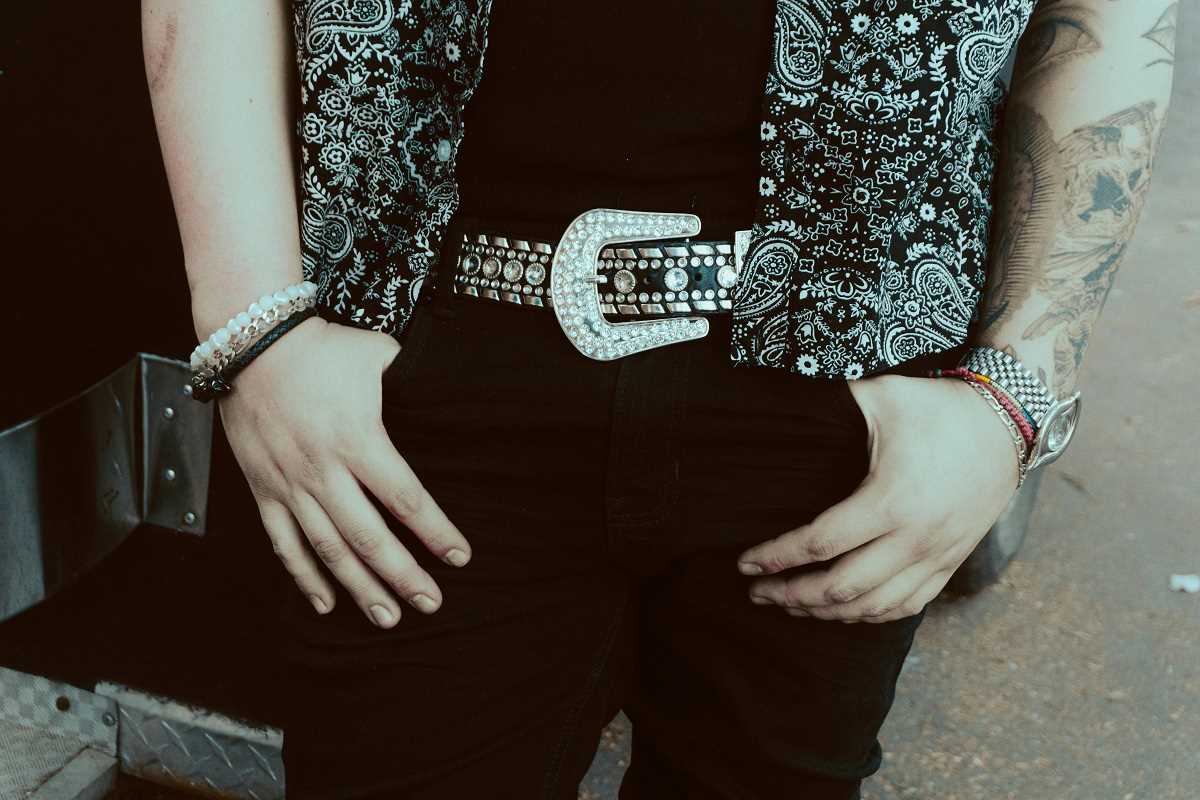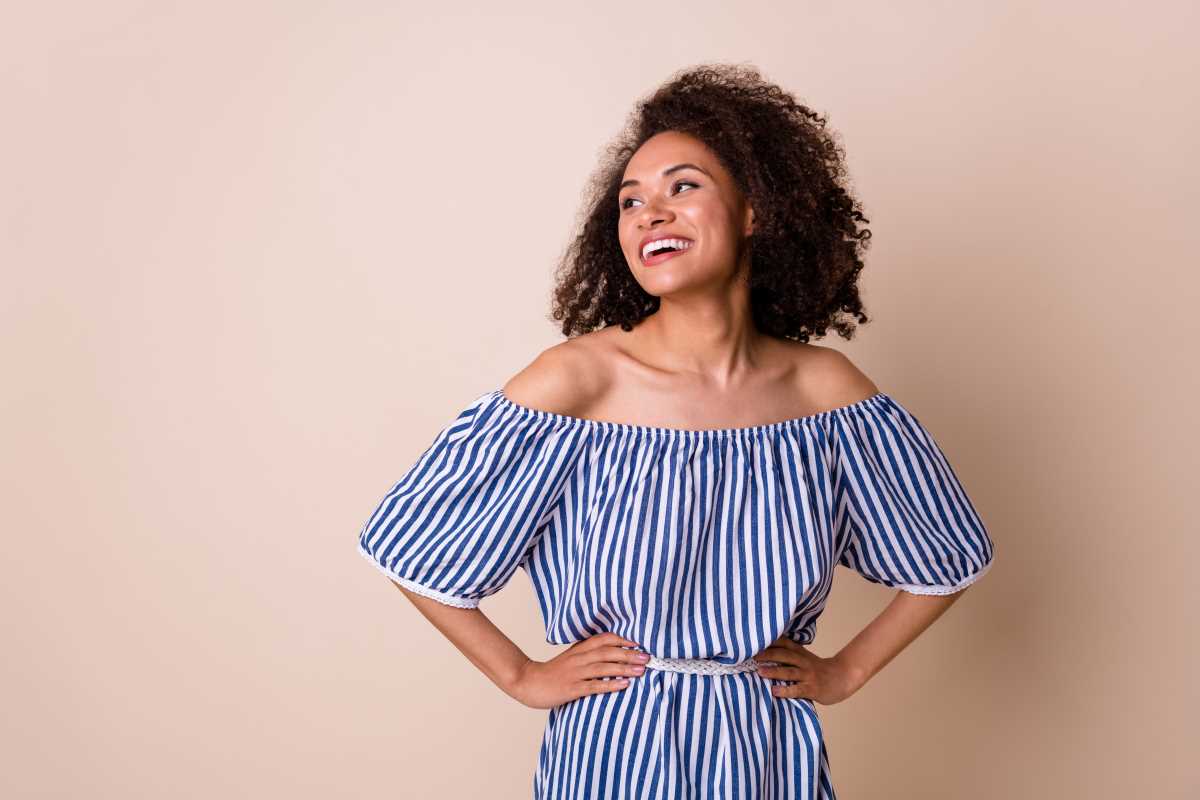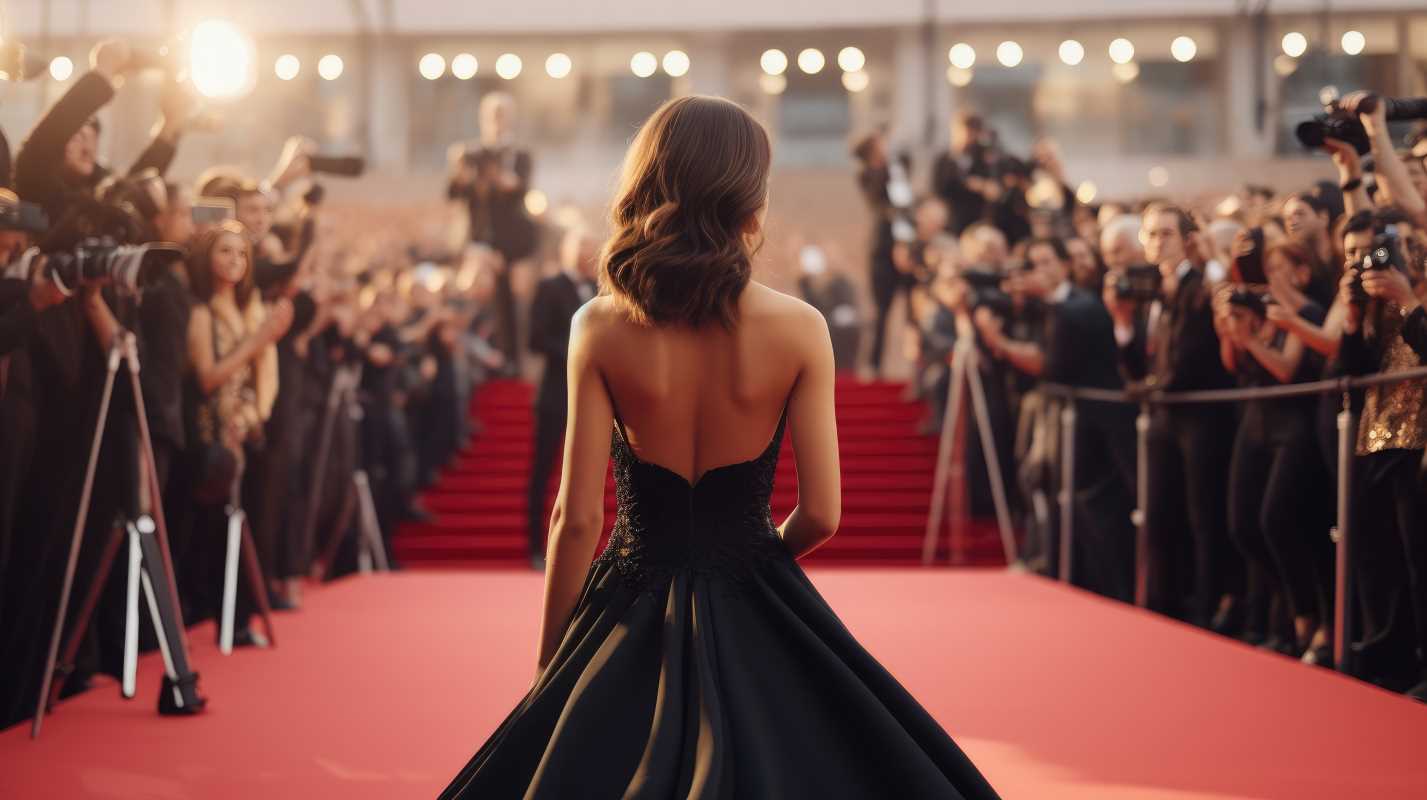The line between the gym and the runway has become increasingly blurred, with comfortable leggings and sleek sneakers now appearing in high-fashion collections. Athleisure, once a trend focused purely on comfort and function, is now a powerful force in the luxury market. This blend of athletic wear and high-end style is redefining what we consider fashionable. We’ve got you covered with an inside look at how these brands are making their mark. This guide will explore the clever strategies they use, highlight key brand collaborations, and explain how this movement is changing the fashion industry for good. Let's explore how comfort became couture.
The Evolution From Performance Wear to High Fashion
Athleisure began as a practical solution for busy lifestyles, offering clothing that could transition from a workout to a casual outing. Brands focused on technical fabrics, performance, and comfort. The shift toward high fashion happened as our cultural values changed. Wellness became a status symbol, and an active lifestyle was something to be showcased. This created an opportunity for athletic brands to elevate their image.
The movement gained momentum as high-fashion designers began incorporating sporty elements into their own collections. Seeing sneakers on the runway was no longer a surprise; it was expected. This opened the door for established athleisure brands to step into the luxury space. They recognized that their customers wanted more than just functional gear. They wanted style, exclusivity, and a brand identity that aligned with their modern, health-conscious lives. This set the stage for a new era of fashion where comfort and luxury could coexist.
Key Strategies for Entering the Luxury Market
Athleisure brands have used several smart strategies to successfully enter the competitive world of high fashion. These approaches have helped them build credibility, create excitement, and attract a new, style-focused audience. Here are some of the most effective tactics.
High-Profile Designer Collaborations
One of the most powerful strategies has been partnering with celebrated high-fashion designers and luxury houses. These collaborations create a bridge between two different worlds, blending the technical expertise of an athletic brand with the creative vision of a designer.
A classic example is the long-standing partnership between Adidas and designers like Stella McCartney and Yohji Yamamoto (with the Y-3 label). These collections fuse Adidas's performance technology with high-fashion aesthetics, resulting in pieces that are both functional and fashion-forward. Similarly, Nike has collaborated with designers like Virgil Abloh of Off-White and Kim Jones of Dior, creating limited-edition sneakers that become instant collector's items. These partnerships generate immense media buzz and lend an air of exclusivity and prestige to the athleisure brand.
Limited-Edition "Drops" and Scarcity Marketing
Athleisure brands have mastered the art of creating hype through scarcity. Instead of releasing large collections seasonally, many brands use a "drop" model, releasing limited quantities of new products with little notice. This strategy creates a sense of urgency and exclusivity, driving up demand.
Brands like Supreme, which has deep roots in skate culture and athleisure, built its entire empire on this model. This tactic has been adopted by major players like Nike with its SNKRS app, where users compete to buy limited-run sneakers. This approach turns a simple purchase into an event, fostering a dedicated community of fans who eagerly await the next release. It transforms everyday athletic wear into coveted status symbols.
Focusing on Premium Materials and Craftsmanship
To justify a higher price point and appeal to a luxury consumer, athleisure brands are investing in premium materials and superior craftsmanship. They are moving beyond standard polyester and cotton to incorporate high-tech, sustainable fabrics that offer better performance and a more luxurious feel.
Brands like Lululemon have built their reputation on the quality of their proprietary fabrics, like Luon and Nulu. Others are experimenting with merino wool, recycled materials, and innovative textiles that are both soft and durable. Attention to detail in the design process, such as seamless construction and ergonomic fits, also elevates the product from simple activewear to sophisticated apparel. This focus on quality helps position these brands alongside established luxury labels.
Brands Leading the Charge
Several brands have been particularly successful at navigating the path from the gym to the runway. They have managed to retain their athletic identity while earning respect in the high-fashion community.
Lululemon's Crossover Appeal
Lululemon is a prime example of a brand that has successfully bridged the gap. Originally known for its yoga pants, the brand has expanded its offerings to include versatile pieces that can be worn in any setting. Their "Align" leggings became a cultural phenomenon, loved for their buttery-soft feel and flattering fit. The brand has since launched more fashion-forward collections and even a line of self-care products, positioning itself as a comprehensive lifestyle brand that embodies modern wellness and understated luxury.
Alo Yoga's Celebrity Endorsements
Alo Yoga has effectively used celebrity and influencer marketing to build its high-fashion credentials. The brand is frequently seen on style icons like Kendall Jenner and Gigi Hadid, who wear the pieces not just to the gym but as part of their everyday street style. This organic placement has given the brand an aspirational quality. Alo's aesthetic, which combines performance fabrics with on-trend silhouettes and a muted color palette, makes it feel both current and sophisticated, appealing directly to a fashion-conscious audience.
The Power of Classic Brands: Adidas and Nike
Legacy brands like Adidas and Nike have remained relevant by constantly reinventing themselves. They have successfully leveraged their archives, reissuing classic sneaker styles like the Adidas Stan Smith and the Nike Air Force 1, which have become staples in the high-fashion world. Their ability to blend heritage with innovation, particularly through their high-profile collaborations, has allowed them to dominate both the performance and fashion markets simultaneously. They have proven that an athletic brand can be both a cultural icon and a high-fashion player.
The Future of Fashion is Functional
The rise of athleisure in high fashion is more than just a passing trend; it reflects a permanent shift in consumer priorities. People are no longer willing to sacrifice comfort for style. They want clothing that is versatile, functional, and beautifully designed to fit their dynamic lives.
This movement is pushing the entire fashion industry to be more innovative. High-fashion houses are incorporating more technical fabrics and comfortable silhouettes into their collections, while athletic brands are continuing to elevate their design and quality. The result is a more democratic and practical fashion landscape where the lines between different categories of clothing continue to dissolve. You have the power to embrace this new era of style, where feeling good and looking great go hand in hand.
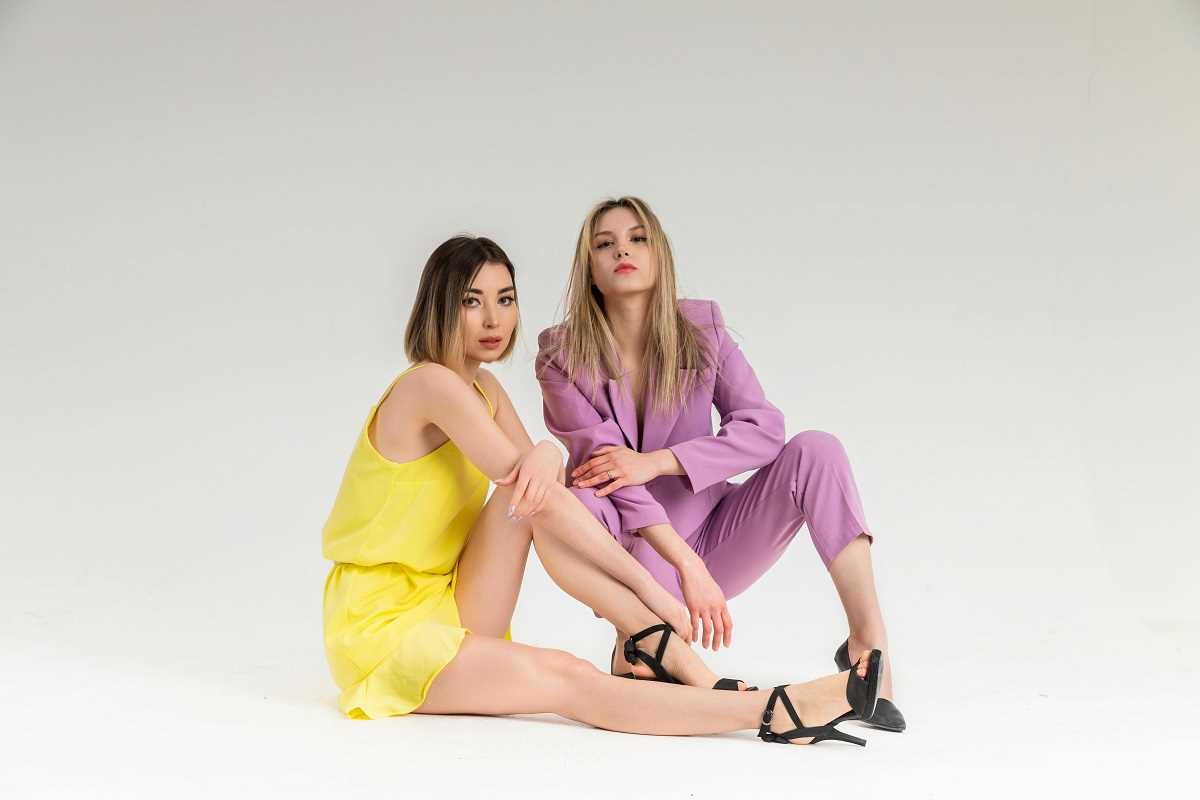 (Image via
(Image via